Soaps containing triclosan perform no better against bacteria than ordinary soap
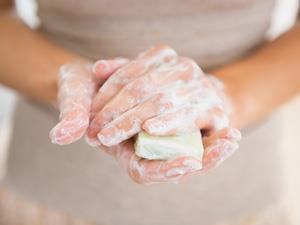
Washing your hands with antibacterial soap containing triclosan – the most common microbe-killing ingredient used in these soaps – may be no better than ordinary plain soap, according to South Korean researchers. The work adds weight to previous studies which have reached similar conclusions and could help settle the controversy of triclosan use.
Triclosan is widely known for its antimicrobial properties, and was first introduced in hospital scrub soap in the 1970s. Currently, 0.3% triclosan is the maximum amount permitted in consumer soaps in most countries and several studies under lab conditions have shown that soaps containing this amount tend to be no more effective at killing bacteria on hands than plain soap.
Furthermore, triclosan remains controversial with reports of various adverse effects, including allergies and carcinogenic impurities. In December 2013, the US Food and Drug Administration (FDA) proposed that manufacturers of antibacterial hand soaps must demonstrate that they are safer and more effective than plain soap.
Min-Suk Rhee and colleagues at Korea University, Seoul, say they have found compelling evidence that triclosan-containing soap is no better than plain soap. They believe their study is more accurate than previous work because they only used one variable – the presence or absence of 0.3% triclosan – and fixed all of the other factors which can affect the results.
The team exposed 20 bacterial strains to plain and triclosan-containing soaps for 20s at room temperature and then slightly warmer temperatures – conditions that were chosen to simulate home hand washing. They also contaminated the hands of volunteers with Serratia marcescens bacteria to test how well each soap removed bacteria.
The results revealed there was no significant difference in bactericidal activity between plain soap and antibacterial soap at either test temperature, although after 9 hours the soap containing triclosan showed significantly greater bactericidal effects.
‘Honestly, we expected the results to a certain degree,’ says Rhee. ‘The antiseptic effect of triclosan depends on its exposure concentration and time; however, commercial antibacterial soaps on the market generally contain less than 0.3% triclosan and washing hands takes only a few seconds.’
‘This adds to the extensive literature suggesting that triclosan does not provide a benefit when used in a “real world” setting compared to plain soap,’ comments epidemiologist Allison Aiello at the University of North Carolina, US, who has published a review of several studies that tested triclosan products in the real world.
But not everyone agrees. Don Schaffner at Rutgers University who has conducted meta-analyses and risk modelling studies of triclosan says ‘this work adds minimally to the debate over the use of triclosan in consumer soaps’. He argues his work points to a clear benefit of triclosan.
Schaffner thinks the present results are limited because of the very fact the team used only one variable: soap with or without triclosan. ‘While this might seem to be a good idea from the science perspective, it turns out that soap formulation is a tricky business,’ he explains. ‘For antimicrobials to be optimally effective, the formulation might need to be adjusted. I remain convinced that properly formulated antimicrobial soaps have a benefit over bland, non-antimicrobial soaps.’
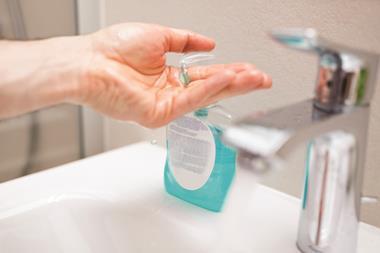
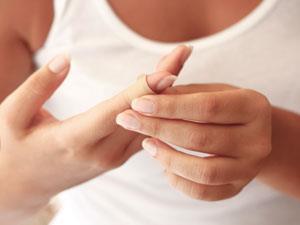

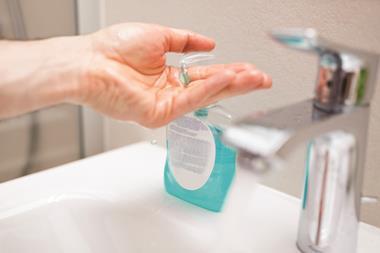
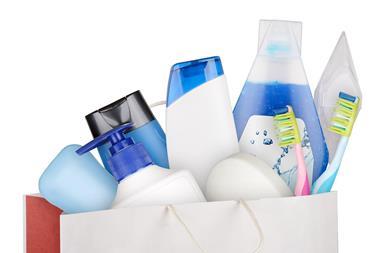
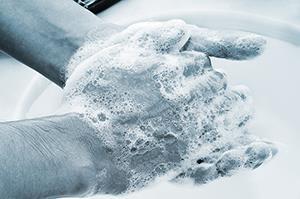






No comments yet